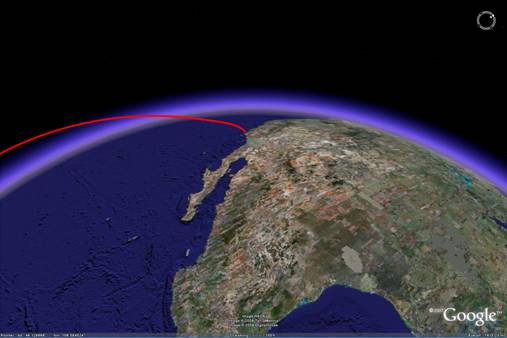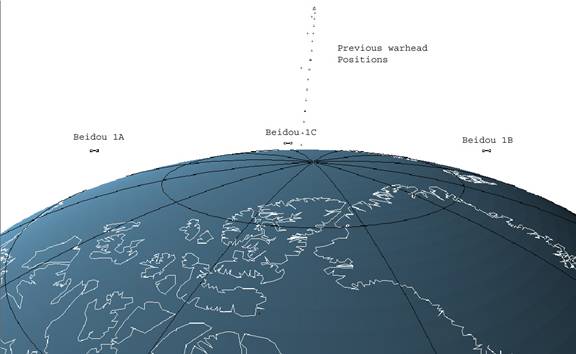
Massachusetts Institute of Technology • Program in Science, Technology and Society
Science, Technology and Global Security Working Group
Home
People
Research
Workshops
Contact Us
Anti-Satellite Weapons
The destruction of an ageing Chinese (on January 11, 2007) weather satellite and a dead US spy satellite (on February 20th, 2008), coming in rapid succession, have raised the prospect of an arms race in space. The US claims that its action was taken to save lives on Earth have not been fully documented by the US government. We have written a series of papers that cover the technical details of that action in an effort to increase transparency about this action and to provide the public with the only available detailed analyses of the potential dangers that satellite, USA-192, might have presented.
A Preliminary Analysis of the Proposed USA-193 Shoot-down
I have done a preliminary technical analysis of the proposed shoot-down of the errant spy satellite, USA 193. In it, I briefly outline the history of the satellite, as it is known in the open literature, and the technical obstacles to shooting it down together with my scenario of how it might be done. I end with a discussion of the space debris it will create (short lived) as well as the probability of striking the hydrazine tank. While I do briefly discuss the pros and cons of this decision, including an estimate of the number of casualties that might be expected if it is not shot down and the policy implications if it is, this is a primarily a technical analysis.
I have to say, however, that I am troubled both by the high probability of casualties (3%)—as compared with what is allowed in a controlled reentry—and the legitimacy shooting it down would give other ASAT programs, in particular China’s. To sum up my own conclusions as to the advisability of the shoot-down, I have to say that is not a “dumb idea” as many have called it but it is certainly the wrong policy. While it is impossible to calculate the probability of this test leading to an expansion of wars into space using kinetic kill weapons in the same way it is possible to calculate the expected casualties, I believe that chance to exist and to be greater than 3%. And if humanity is denied access to space, which is a definite possibility if the debris from such a war leads to a catastrophic chain reaction of collisins, then there will be considerably more deaths from the lack of benefits that space provides than this satellite can possibly kill when it crashes.
So unfortunately, the lesser of two evils—either letting the satellite fall to Earth or legitimizing kinetic kill ASATs—is to let it fall to Earth. In the future, however, we should work on not allowing this sort of situation to arise. In what was undoubtedly a multi-billion dollar satellite, it is criminal not to have some way of releasing toxic hydrazine in space even if the satellite was essentially dead.
Click here for a Google Earth file.
USA-193 Accelerations During Launch and Reentry
Geoffrey Forden

Would the hydrazine tank onboard USA-193 Spy Satellite have survived its reentry? Only because it was frozen solid and perhaps not even then. The tank experienced a maximum of 6 G’s during its launch while it would have undergone 10 G’s of acceleration during an uncontrolled reentry. To try to estimate the likelihood of an intact reentry, this analysis compares the forces on the tank during its liftoff and a hypothetical uncontrolled decent.
Click here for the report.
See our work on China's anti-satellite weapons here.
![]() Massachusetts
Institute of Technology • Science, Technology and Global Security
Working Group
Massachusetts
Institute of Technology • Science, Technology and Global Security
Working Group
Building
E51-163 •70
Memorial Drive • Cambridge, MA 02142
Copyright © 2009
Last modified: 30 April 2009
